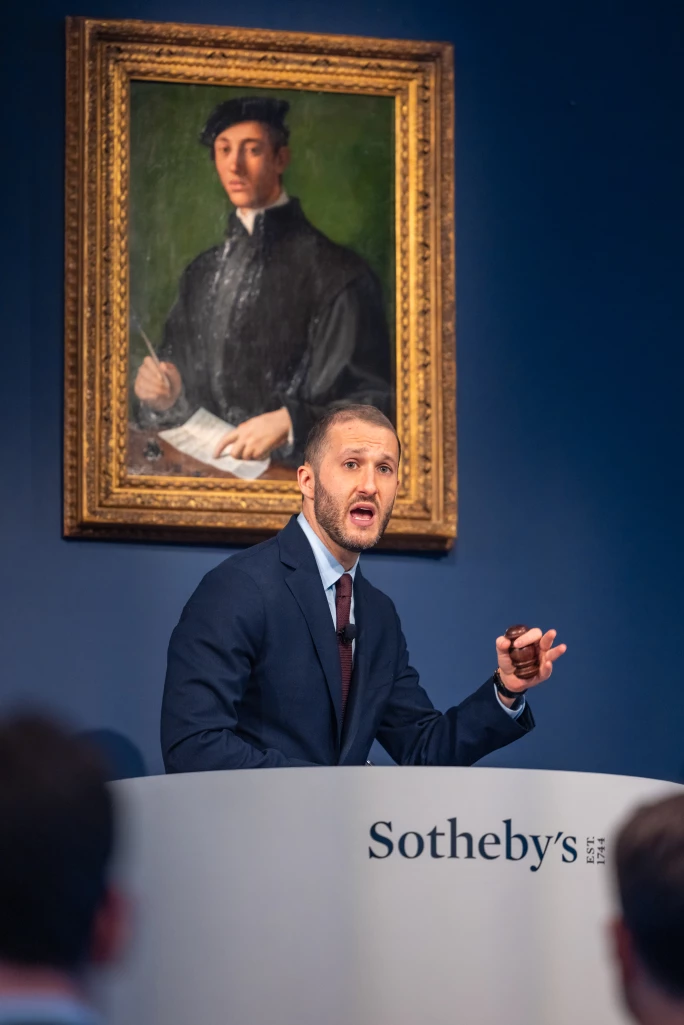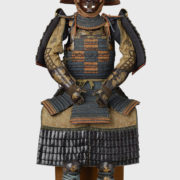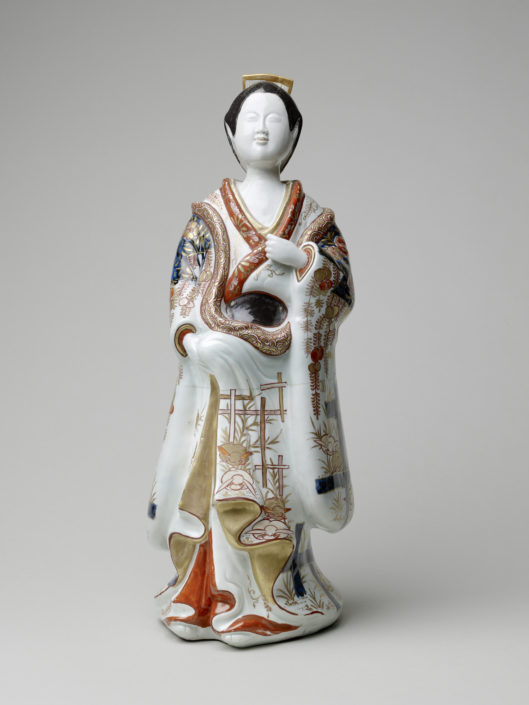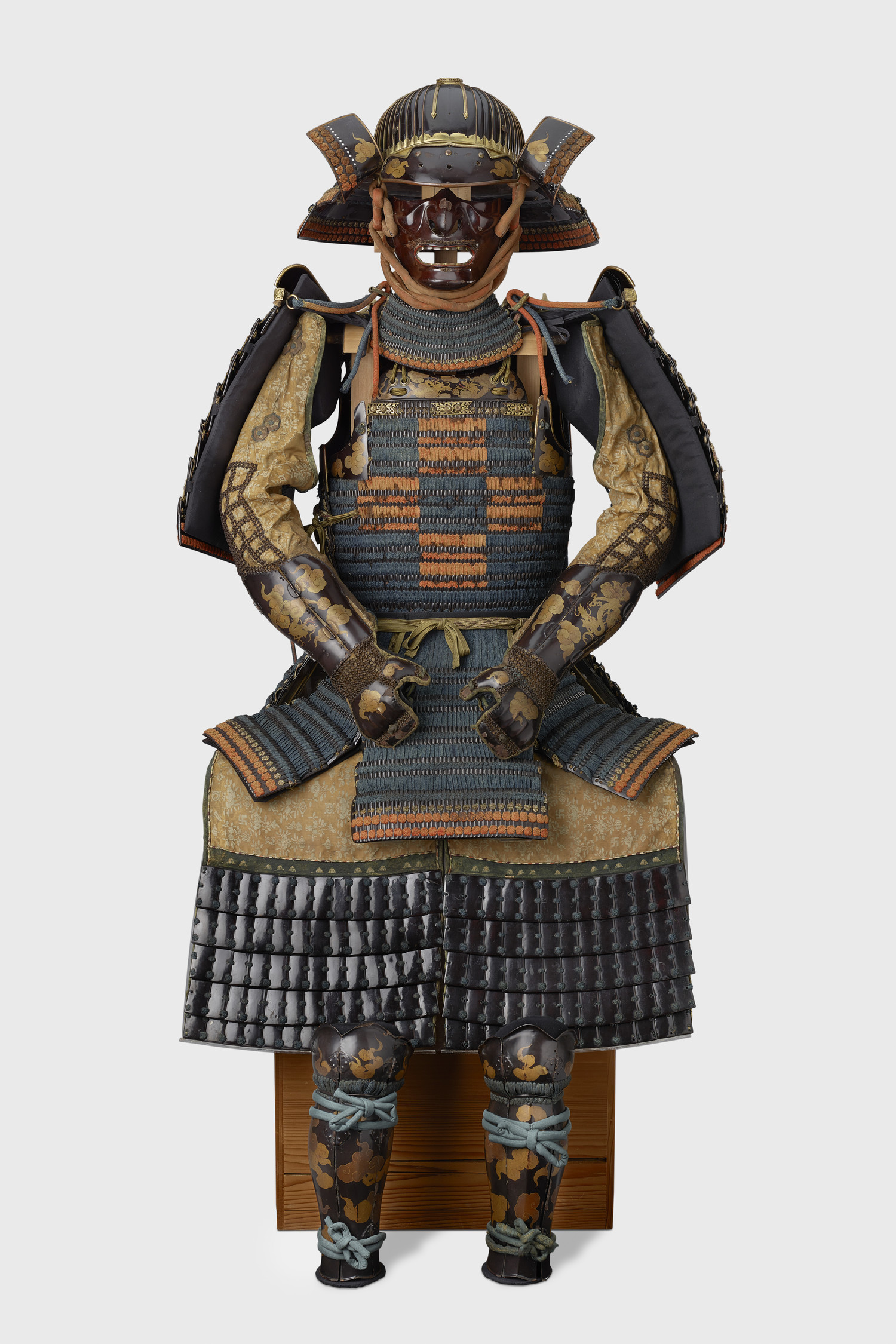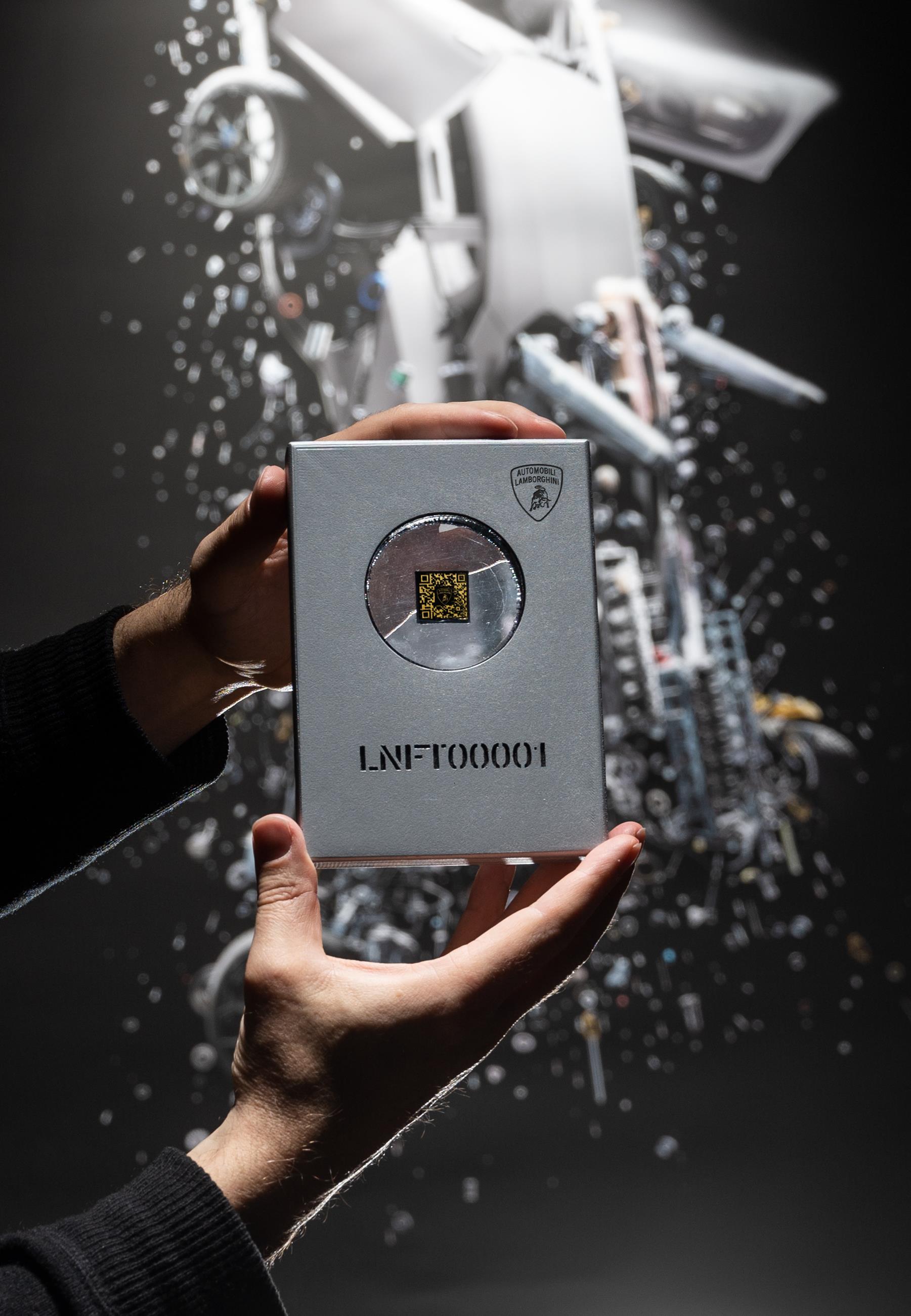En agosto de 2023, Masterworks salió de una oferta anterior de Pumpkin, Masterworks 038, obteniendo una tasa de rendimiento neta anualizada del 13,4% para los inversores en la oferta principal.
OFRECIENDO CIRCULAR 01 YAYOI KUSAMA, PUMPKIN La obra de arte es un ejemplo característico a pequeña escala de la icónica serie Pumpkin de Yayoi Kusama, un motivo que apareció por primera vez en su obra en 1946 cuando exhibió Kabocha (Calabaza) en una exposición itinerante en Japón. Kusama reintrodujo las calabazas en su trabajo en la década de 1980 y continuó incorporándolas en pinturas, dibujos, grabados e instalaciones públicas a gran escala. El interés de Kusama por las calabazas se remonta a su infancia en el Japón de antes de la guerra, donde su familia era propietaria de un vivero que cultivaba calabazas kabocha.
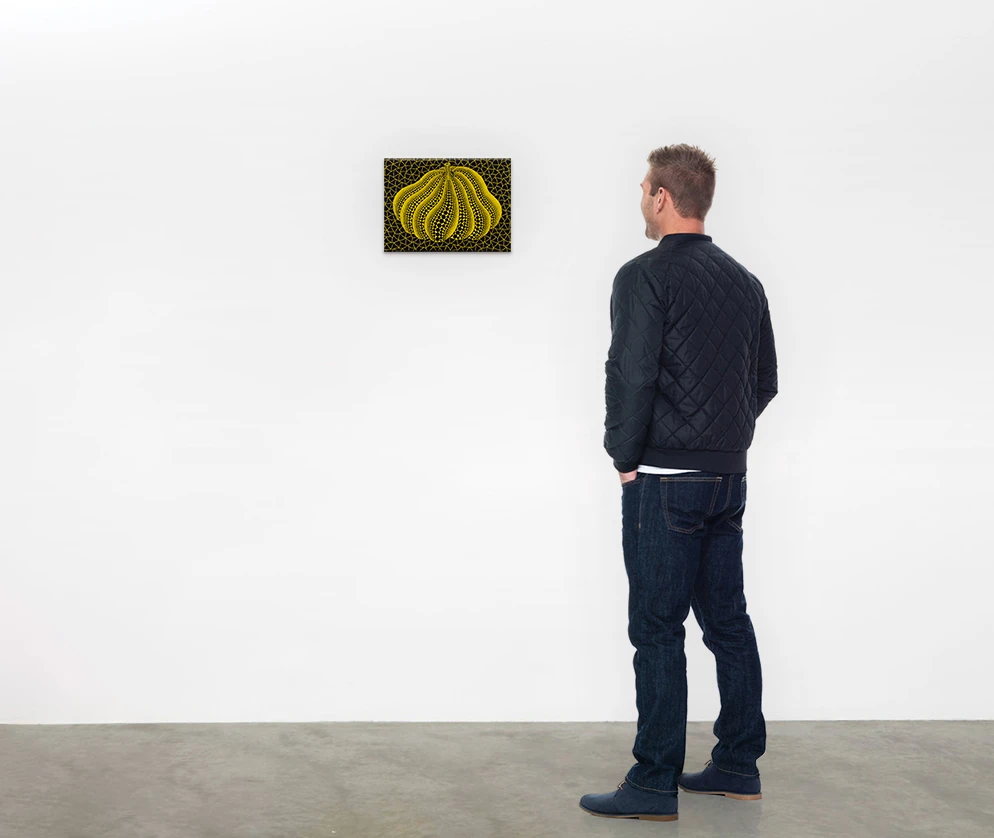
Ella explica su atracción por las calabazas en su autobiografía y escribe: “Me encantó su forma encantadora y atractiva. Lo que más me atrajo fue la generosa sencillez de la calabaza. Eso y su sólido equilibrio espiritual”. Las obras de arte de la serie Pumpkin varían en escala, y algunos ejemplos miden desde menos de diez pulgadas de alto y ancho hasta más de cincuenta pulgadas de alto y ancho. La obra de arte es una pintura horizontal a pequeña escala de una gran calabaza con manchas amarillas y negras colocada en el centro sobre un fondo de red negro y amarillo.
https://www.masterworks.com/dashboard/offerings/cR7mz7FJpPLkcqqjwTQdqW
La calabaza es rechoncha y bulbosa, rasgos característicos de la calabaza kabocha. Las calabazas de Yayoi Kusama se han convertido en algunos de los ejemplos más deseables comercialmente dentro de su práctica. Al 20 de junio de 2023, las pinturas de Pumpkin representan cuatro de los diez precios récord más altos alcanzados por el artista en una subasta, y están encabezadas por “Pumpkin (LPASG)” (2013), que se vendió por 62.540.000 HKD (8.026.633 dólares) el 1 de diciembre de 2021 en Christie’s. , Hong Kong, “Pumpkin” (1995), que se vendió por 56.110.000 HKD (7.147.909 dólares) el 30 de marzo de 2023 en Phillips, Hong Kong, y “Pumpkin (Twpot)” (2010), que se vendió por 54.460.000 dólares de HK (6.937.550 dólares). el 1 de abril de 2019 en Sotheby’s, Hong Kong. Las calabazas horizontales de escala y color similar a la obra de arte también han tenido buenos resultados en las subastas en los últimos años, con récords de subasta liderados por “Pumpkin” (1990), que se vendió por 999.000 dólares en Sotheby’s en Nueva York, el 15 de noviembre de 2018. “Pumpkin ”(1997), que se vendió por 889.812 dólares en Sotheby’s en Hong Kong, el 6 de abril de 2023, y “Pumpkin” (1989), que se vendió por 651.300 dólares en SBI Art Auction Co, Ltd en Tokio, el 28 de mayo de 2022.
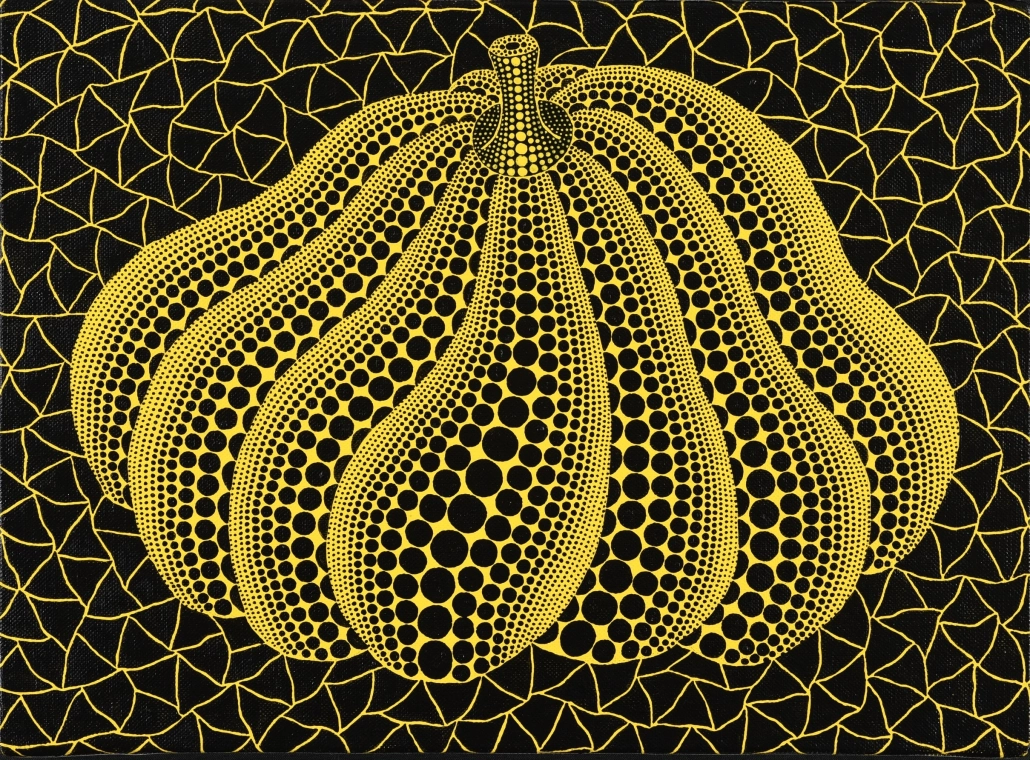
El tema, el tamaño y la ejecución de la obra de arte la convierten en una obra comercial y deseable de Yayoi Kusama. Yayoi Kusama ha recibido numerosos honores y premios por sus contribuciones a la historia del arte, incluida la Ordre des Arts et des Lettres de Francia en 2003 y la Orden del Sol Naciente de Japón y el Praemium Imperiale en 2006. Ha sido objeto de varios estudios a gran escala. exposiciones y retrospectivas, incluida una retrospectiva en 2011 a 2012, que viajó al Museo Nacional Centro de Arte Reina Sofía de Madrid, el Centro Georges Pompidou de París, la Tate Modern de Londres y el Whitney Museum of American Art de Nueva York; una encuesta sobre Infinity Mirrors, que viajó al Museo y Jardín de Esculturas Hirshhorn en Washington, D.C., el Museo de Arte de Seattle, The Broad en Los Ángeles, la Galería de Arte de Ontario en Toronto, el Museo de Arte de Cleveland en Ohio y el High Museo de Arte de Atlanta; y una retrospectiva en Gropius Bau de Berlín en 2021, que viajó al Museo de Arte de Tel Aviv en 2022.
La obra del artista también está incluida en prestigiosas colecciones públicas de todo el mundo, como el Museo de Arte Moderno de Nueva York, el Broad Museum de Los Ángeles, el Hirshhorn Museum and Sculpture Garden de Washington, D.C., la Tate Modern de Londres y el museo homónimo del artista en Tokio, entre muchos más. Además de su éxito institucional, Kusama ha colaborado con marcas de lujo, incluidas Louis Vuitton y Veuve Clicquot, que han contribuido aún más a su reconocimiento más amplio. El artista está representado por la Galería David Zwirner, la Galería Gagosian y la Galería Victoria Miro.








